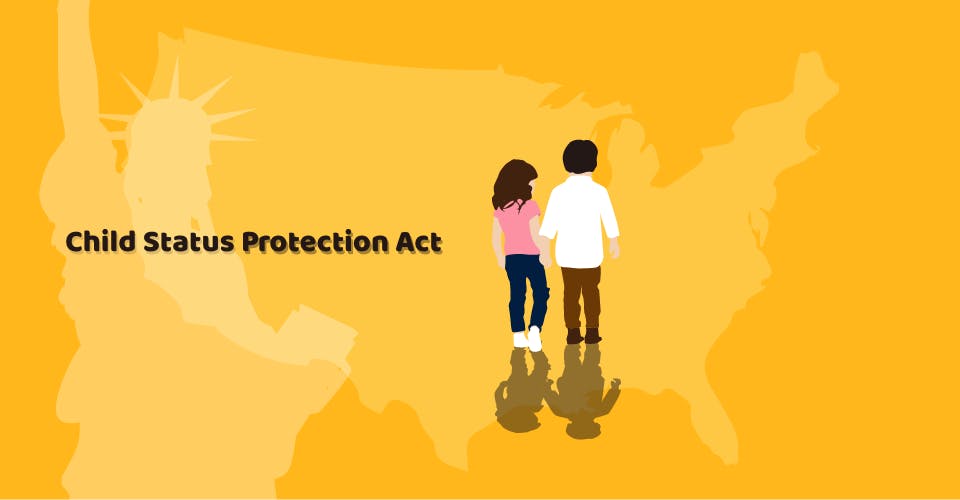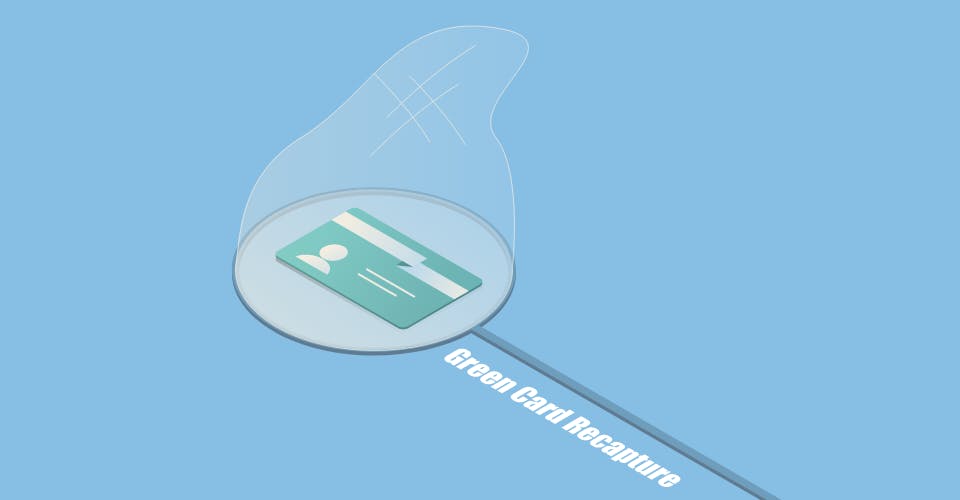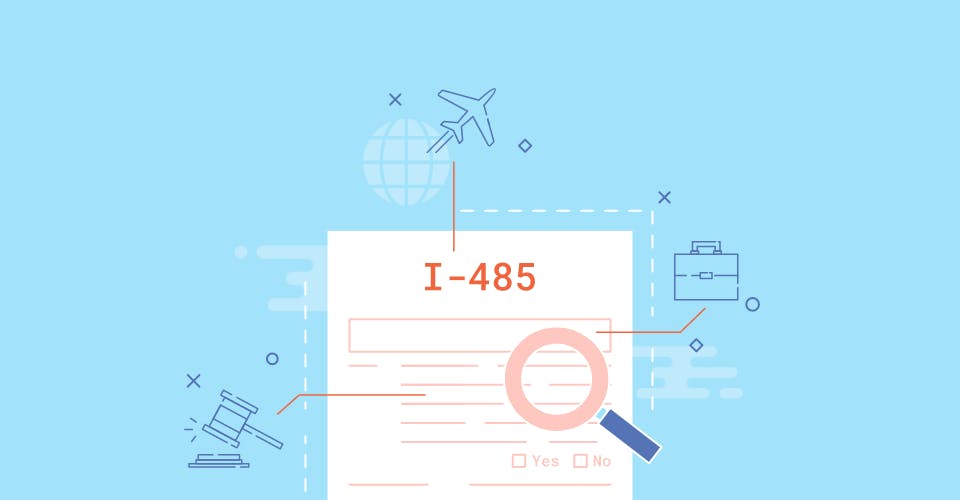In order to become a legal permanent resident (LPR) in the United States, an applicant must first be eligible for one of the immigrant visa categories established by the Immigration and Nationality Act (INA) or another provision of law. The officer in question for the USCIS must verify the status of any underlying immigrant visa petition or other basis for immigrating prior to adjudicating the adjustment application.
Some of the ways that immigrants can begin to file their paperwork and move closer to becoming an LPR and eventual green card holder in America is through determining their relationship to someone else who is also residing in the United States. This is called family-based preference, of which there are different visas available for different classes of immigrants.
For example, U.S. citizens who have children abroad can petition on behalf of their children under the F2A visa program. The children, in order to eligible for this visa, must be under the age of 21 at the time of filing, and must also not be married themselves. The F2B visa also includes spouses. Both the children and spouses will need to go through the consular processing route if they are abroad, and will need to secure entry into the U.S. via a consular officer and attached visa package.
What about Children who Age out?
While the above visa scenario seems fairly clean-cut, there are some problems that may result from this immigration path. The most common issue happens when someone applies for lawful permanent resident (LPR) status as a child but turns 21 before being approved for LPR status. That applicant can then no longer be considered a child for immigration purposes, and in years past, was not able to adjust their status.
This situation is commonly referred to as “aging out” and often means that these applicants would have to file a new petition or application, wait even longer to get a green card, or may no longer be eligible for a green card.
However, Congress recognized that many children were aging out of this process and failing to become LPRs in the early 2000s. This was in part due to USCIS backlogs that created inefficiencies in the first place. The result was enacting the Child Status Protection Act (CSPA) to protect certain children from aging out of the system. This Act went into effect in August 2002.
CSPA Eligibility
- CSPA does not change the requirement that children still need to be unmarried in order to remain eligible for such a classification
- An applicant’s CSPA Age (explained below) needs to be under the age of 21 when calculated
- CSPA applies to Violence Against Women Act (VAWA) self petitioners
- CSPA applies to Diversity Visa (DV) Applicants
- CSPA applies to derivative refugees and derivative asylees
In general, CSPA functions through calculating your “CSPA Age” to help standardize the process for qualifies and those who doesn’t. For example, if four months have gone by after your 21st birthday (i.e. 21 years and 4 months old) and your petition has been pending for 6 months, your CSPA age is the following:
21 years and 4 months – 6 months (pending time)= 20 years, 10 months CSPA Age
Overall, the CSPA program helps to protect those who are in limbo during longer than usual processing times and fear they will turn 21 while their case is still being adjudicated by a USCIS officer. As a result, CSPA helps applicants who qualify to eventually file their I-485 application, given they are still family-based close relatives qualifiers.
For more information on CSPA and its provisions, please see: https://www.uscis.gov/green-card/green-card-processes-and-procedures/child-status-protection-act-cspa














